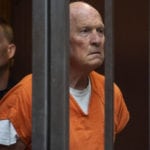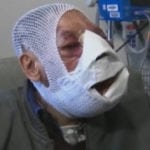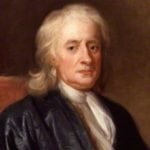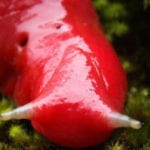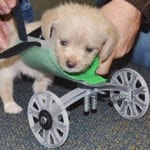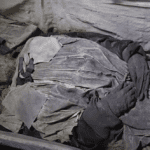 Technology
Technology  Technology
Technology  Humans
Humans 10 Everyday Human Behaviors That Are Actually Survival Instincts
 Animals
Animals 10 Animals That Humiliated and Harmed Historical Leaders
 History
History 10 Most Influential Protests in Modern History
 Creepy
Creepy 10 More Representations of Death from Myth, Legend, and Folktale
 Technology
Technology 10 Scientific Breakthroughs of 2025 That’ll Change Everything
 Our World
Our World 10 Ways Icelandic Culture Makes Other Countries Look Boring
 Misconceptions
Misconceptions 10 Common Misconceptions About the Victorian Era
 Mysteries
Mysteries 10 Strange Unexplained Mysteries of 2025
 Miscellaneous
Miscellaneous 10 of History’s Most Bell-Ringing Finishing Moves
 Technology
Technology Top 10 Everyday Tech Buzzwords That Hide a Darker Past
 Humans
Humans 10 Everyday Human Behaviors That Are Actually Survival Instincts
 Animals
Animals 10 Animals That Humiliated and Harmed Historical Leaders
Who's Behind Listverse?

Jamie Frater
Head Editor
Jamie founded Listverse due to an insatiable desire to share fascinating, obscure, and bizarre facts. He has been a guest speaker on numerous national radio and television stations and is a five time published author.
More About Us History
History 10 Most Influential Protests in Modern History
 Creepy
Creepy 10 More Representations of Death from Myth, Legend, and Folktale
 Technology
Technology 10 Scientific Breakthroughs of 2025 That’ll Change Everything
 Our World
Our World 10 Ways Icelandic Culture Makes Other Countries Look Boring
 Misconceptions
Misconceptions 10 Common Misconceptions About the Victorian Era
 Mysteries
Mysteries 10 Strange Unexplained Mysteries of 2025
 Miscellaneous
Miscellaneous 10 of History’s Most Bell-Ringing Finishing Moves
10 Strange Stories From America’s Spiritualist Craze
When the Fox sisters claimed that they could talk to spirits by rapping noises, the hoax set off a national craze for ghosts, psychics, and seances. From 1848 onward, numerous Americans came to believe in Spiritualism, a movement which advocated that the spirits of the dead could interact with the living.
The craze produced a countless number of frauds and hoaxes. But in spite of its dubious scientific credentials, Spiritualism lasted well into the 1920s. Contained here are just 10 of the weirder stories that swept the United States during the fad’s heyday.
10 The Farmer And The Spirit-Machine
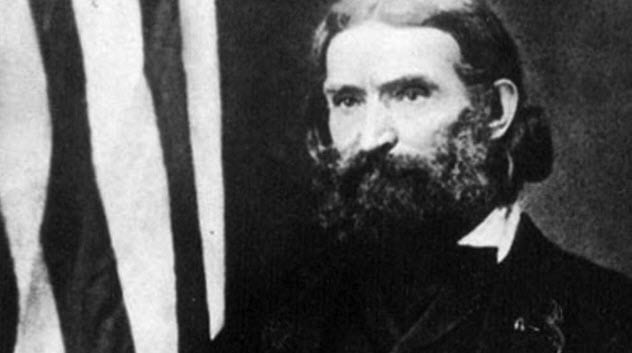
Jonathan Koons, a farmer who lived in rural Ohio, was originally skeptical of Spiritualism. By 1852, Koons had changed his mind and began to declare that he and his nine children—including a baby not even a year old—were all mediums. The farmer decided to construct a log house and, after receiving messages from spirits, was told to make and store a “spirit-machine” in the building.
Created with copper and zinc, Koons’s device could allegedly summon spirits to play the guitar, drums, and other instruments kept in the log house. The spirits were all too happy to perform and sing at night in the dark room, and their show attracted neighbors and visitors from as far away as New York.
According to messages left in the room, which were composed in a script strongly similar to Koons’s handwriting, these invisible musicians were ancient creatures who preceded Adam and Eve.
After the success of their spirit-machine, Koons and his children took to the road to show off their psychic gifts. Perhaps they were hopeless without their machine (or the darkness of their log cabin), but the Koonses ended up being exposed as frauds when a disembodied hand during a seance proved to be one of the children’s hands.[1]
9 The Possession And Arrest Of Mary Jane
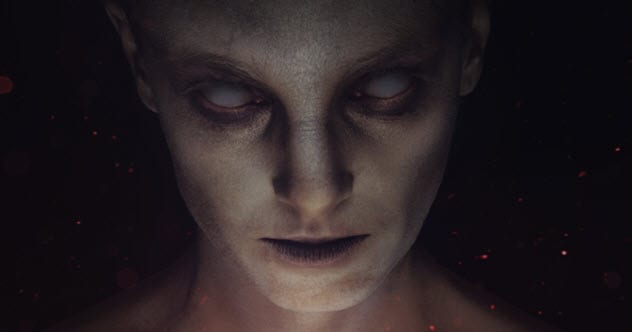
In 1846, a servant girl named Mary Jane apparently suffered from being possessed by not one but two spirits. The first spirit was a good girl; the other was an unsavory sailor who said words that no 19th-century lady was thought to have known.
This sharp-tongued spirit delighted in torturing poor Mary Jane, knocking her knees and wrists out of joint and laughing and joking about her pain. The girl’s master, a surgeon named Dr. Larkin, had no idea how to treat her. Eventually, an enemy of Dr. Larkin, the pastor Reverend Horace James, convinced the authorities in Dedham, Massachusetts, to arrest Mary Jane for the crime of necromancy.[2]
Amazingly, James was allowed to serve as both a witness and a judge. Dr. Larkin was accused of sorcery, and Mary Jane was convicted and imprisoned for two months.
The aftermath of Mary Jane’s story is murky, but while Dr. Larkin was disgraced, he continued to believe in spirits. After his wife’s death, in fact, Dr. Larkin maintained that her spirit protected him from train accidents and other misfortunes.
8 The Cup And Spoon Healer
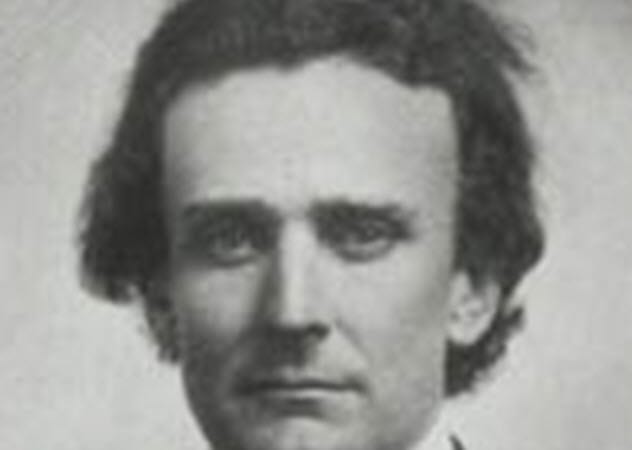
The Southern preacher Jesse Babcock Ferguson was a popular lecturer on Spiritualism. Conveniently, his teenage daughter, Virginia, happened to be a medium. Although Ferguson testified that Virginia was a child “certainly deficient in what is usually called talent,” he reported that his incredibly average daughter was capable of healing through the spirit of an Indian doctor.
Virginia’s penchant for healing appeared suddenly one day when a slave boy hurt his arm and shoulder. Somehow or another, Virginia came under the influence of the spirit.
She touched the boy’s injuries and, using a cup and spoon, concocted a dark liquid that she gave to the boy and everybody else at the house who, in Ferguson’s words, was “invalid.” Everyone drank this liquid repeatedly over the next two weeks, and it worked so well that only one of the test subjects was still sick.
The teenager repeated her cup and spoon trick again for her sick mother. After fetching the two necessary tools, Virginia made another liquid out of thin air. The medicine cured her mother easily, and Virginia subsequently showed herself willing to heal anybody who complained of being sick.[3]
7 Thomas Paine’s Spirit
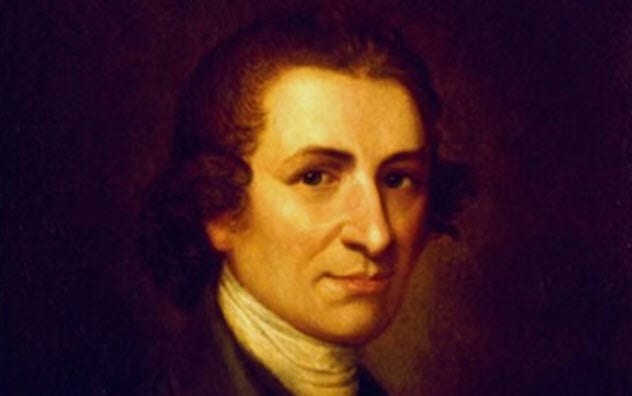
For all the obscure ancient and foreign souls said to have communicated with spiritualists, the spirits of such famous American icons as Benjamin Franklin and Thomas Paine also liked to keep busy. Countless messages were credited to their spirits, with one reverend named Charles Hammond going so far as to publish a book that he insisted was written posthumously by Paine.
The author of the influential pamphlet Common Sense, Paine was an unabashed deist in his own day. He was such a critic of Christianity that the Quakers in his town wouldn’t bury him after he died.
Four decades later in the early 1850s, Charles Hammond declared that Paine communicated with him through automatic writing. The result of their correspondence, Light from the Spirit World, narrates Paine’s supposed adventures in Heaven.
Along his journey across the seven circles of Heaven, Paine sees the spirits of his wife and mother and takes William Penn as his mentor. At the end of the book, the skeptical Paine learns that Spiritualism is the one and only truth and that both skeptics and hard-core Christians will doubt his message. Of course, Penn was right and Light from the Spirit World was critically panned.[4]
6 The Spirit Painters
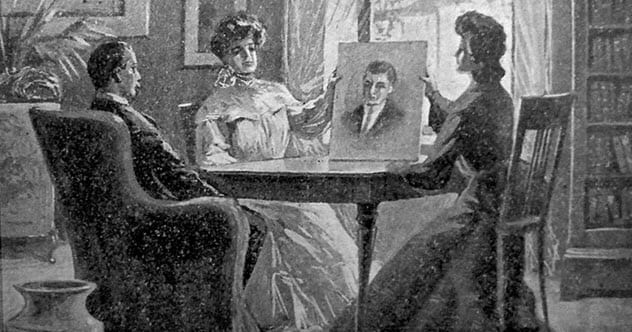
In 1894, Chicago mediums Elizabeth and May Bangs offered a new service for their patrons: spirit painting. The sisters would contact the spirit of a customer’s deceased loved one and then have a portrait magically painted in the spirit’s likeness. Despite being repeatedly debunked, the sisters’ painting scheme was convincing enough to last for decades.
One satisfied banker named John Payne left an account of the sisters’ process, which he saw with two other witnesses. The sisters were able to paint a picture of his father, a man who’d died 14 years earlier.
Payne described the session as taking place in the daytime with the sisters placing the canvas on a frame near a window. Each sister held a side of the frame, and there weren’t any brushes or other supplies in their vicinity.
While the sisters closed their eyes, an image slowly appeared on the canvas over the course of an hour. The picture materialized all at once, evolving from a shadow to a complete piece. Payne claimed that the sisters never saw a photograph of his father and praised their work as “the best picture of my father we ever had.”[5]
5 The Hieroglyphic Turnips

Among the spiritualists, spirits were generally thought to be a benevolent force. Not every interaction was positive, however, as the Connecticut minister Dr. Austin Phelps and his family could attest. Beginning in March 1850 and lasting for a year and a half, their house was sieged with poltergeist activity.
In addition to the usual tropes like mysterious rappings, flying furniture, and broken windows, the Phelpses were entertained by even stranger experiences. Turnips bearing hieroglyphs grew out of their carpet, a large potato materialized out of thin air, and the oldest son was flown into the air and had his pants ripped apart. Figures were also seen in the house, such as a group of 11 women kneeling and reading Bibles.
The house’s notoriety soon attracted Andrew Jackson Davis, a noted clairvoyant of the day. Davis credited the rappings in the house to electricity in the Phelpses’ oldest son and believed that spirits were responsible for the other shenanigans.[6]
And the hieroglyphic turnips?
It turned out that those were naturally an attempt by a sophisticated flock of angels to establish contact with human beings.
4 The Lord Sisters
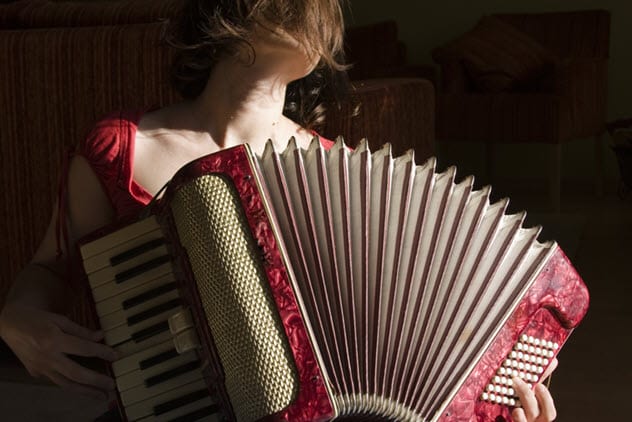
Annie and Jennie Lord were sisters from Maine who repeatedly emphasized their lack of musical talent. The sisters held that they were so sick and fragile that they couldn’t play any instruments. Fortunately, they were gifted mediums and could order spirits to play music instead.
For their spiritual concert, the Lords would gather instruments in a room and shut off the lights. One sister would act as the medium, sitting quietly in a chair, while the other would sit away from her.
When the show started, a symphony of different instruments could be heard in the dark room. Everything from guitars to drums to accordions were heard, all of them played rather well. Sometimes, only a single instrument was played. Other times, multiple instruments were used by the spirits.[7]
Aside from holding these concerts, the Lord sisters also specialized in spirit communication. From one 1876 ad in the spiritualist journal Banner of Light, Jennie promised remote readers that she could contact their “spirit friends” so long as they sent her in the mail a dollar, three stamps, and a lock of hair.
3 The New Motor
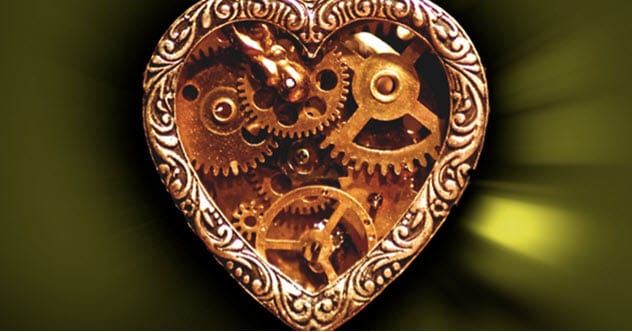
John Murray Spear had a divine mission. After turning his back on organized religion, Spear got caught up in Spiritualism and started to receive messages from an elite team of spirits that he called the “Electrizers.” To help humanity, the Electrizers commanded Spear to build a special electric motor that could power the entire world with unlimited energy.
Spear dubbed the machine “The New Motor,” and it was supposed to be a living, humanlike mechanism that would be a messiah. In 1853, after nearly a year of building, Spear and his followers finished constructing the motor. To celebrate its conception, Spear organized a mock birth ritual with a female medium who served as a Mary figure.
It was said that the machine made slight movements, marking it as a success in Spear’s opinion. But the masses couldn’t appreciate Spear’s generous effort to save them. In a fit of rage, a mob destroyed the motor, an outcome that led Spear to note that humanity wasn’t ready for salvation.[8]
2 Leonora Piper
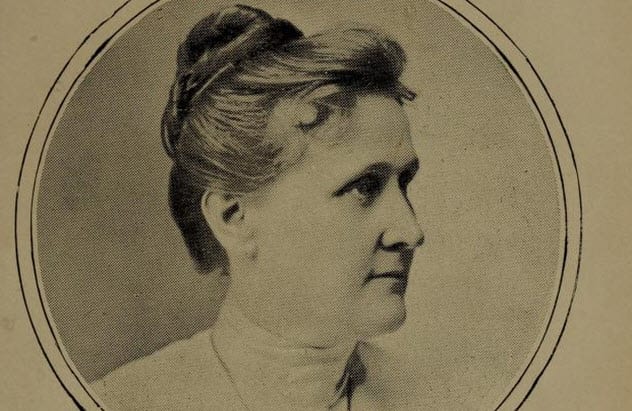
Leonora Piper had her first brush with the spirit world when she was eight. Supposedly, she experienced a vision of her aunt’s death. By the 1880s, Piper had established herself as a trance medium.
When she fell into her trances, Piper became controlled by Phinuit, the spirit of a Frenchman who spoke in a crude male voice. Phinuit would say that he was a doctor, but unsurprisingly, nobody could verify that he ever existed.
In 1892, a new spirit took hold of Piper, claiming to be an American man named George Pellew. Piper’s impersonation of Pellew during her trances worked so well that it fooled the late man’s friends.
On the other hand, Pellew’s relatives weren’t so gullible. As skepticism mounted, Piper switched gears, saying that another spirit had displaced that of Pellew.
By 1911, Piper gave up the medium game altogether. She passed away many years later in 1950. During her long career, Piper was sometimes held up as proof that Spiritualism was legitimate.[9]
For example, the Society for Psychical Research studied Piper for over two decades. Even William James, the “father of American psychology,” took an interest, although he ultimately wasn’t convinced by her abilities.
1 The Spirit Photographer
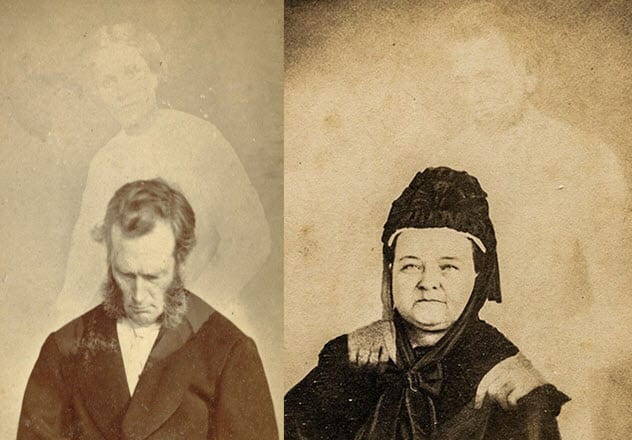
If spirits could talk, paint, and play music, then it wasn’t much of a stretch to believe that they could have their pictures taken. The practice of spirit photography was pioneered by William Mumler, a Boston engraver who made the first such picture in 1862.
At a time when numerous US families were grieving over relatives killed during the Civil War, Mumler’s claim that he could photograph the dead proved to be a profitable business.
Typically, Mumler’s pictures depicted a living person with the “spirit” of a loved one. By modern standards, the pictures are blatantly fake, yet they must have seemed incredible at the time.
When a woman named Emma Hardinge Britten had a spirit photograph done by Mumler, she failed to recognize the ghostly figure that had materialized behind her. As a huge Beethoven fan, Mumler was able to convince Britten that the spirit was Beethoven himself.
Mumler had his doubters, and while he eventually landed in legal trouble, he was never convicted of fraud. In fact, Mumler had many supporters. His photograph of Mary Todd Lincoln and the “spirit” of Abraham Lincoln remains one of the best-known alleged pictures of a ghost.[10]
Tristan Shaw is an American writer who enjoys folklore, film, and history. You can follow him on Twitter.
Read more intriguing stories about spiritualists on Top 10 Fake Spiritualists Who Were Caught In The Act and 10 Mystic Spiritualists And Occultists From The Victorian Era.
